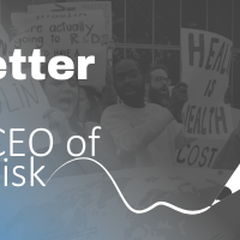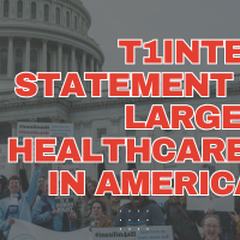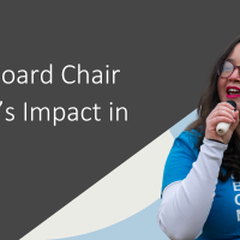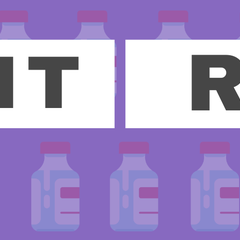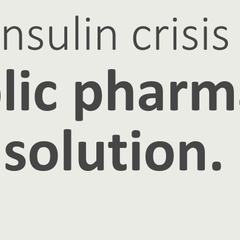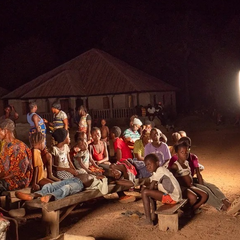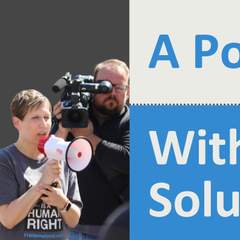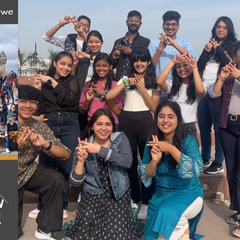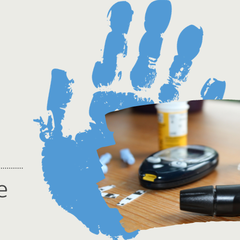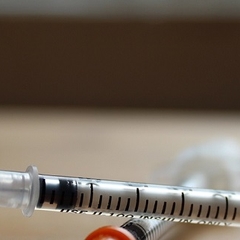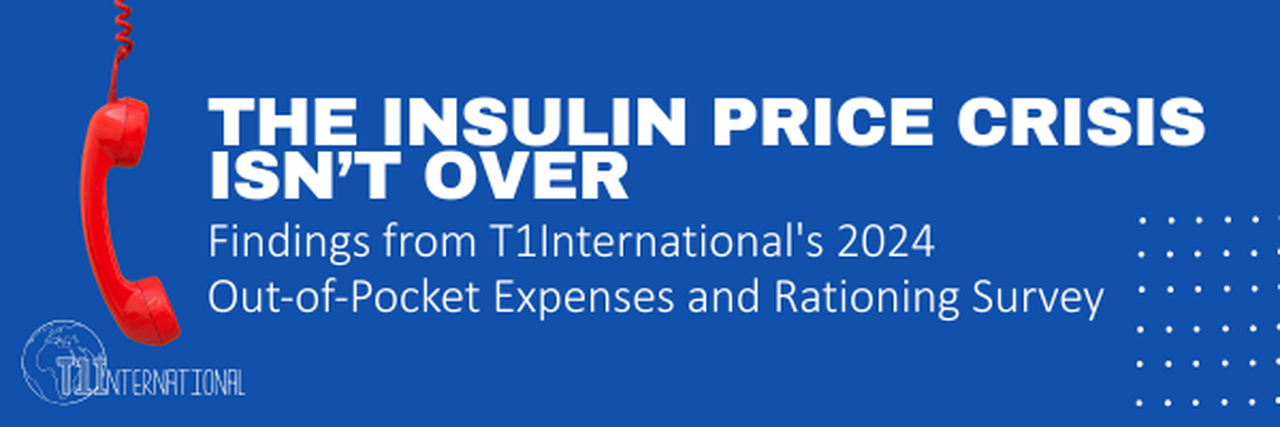
Findings from T1International's 2024 Out-of-Pocket Expenses and Rationing Survey
28 May 2025, 4:15 p.m. in #insulin4all USA, Global Stories by T1International
A new report from T1International exposes a worsening crisis for people living with type 1 diabetes around the world. According to the organization’s 2024 Out-of-Pocket Expenses and Rationing Survey nearly 37% of respondents reported rationing insulin due to cost, placing their lives at serious risk. The report highlights the stark disparity between pharma's public relations narratives and lived reality: despite promises from pharmaceutical companies and global institutions, the insulin affordability crisis is far from over, and is in fact getting worse.
“This new data emphasizes what patients around the world have long known: insulin remains out of reach for far too many. The consequences are devastating, with people forced to choose between insulin and food or rent. That’s not a choice, it's an injustice.” said Shaina Kasper, a person living with type 1 diabetes, the Executive Director of T1International, and lead author on the report. “Big Pharma wants the public to believe this crisis is solved. Our data tells a very different story.”
T1International, a global advocacy organization led by and for people with diabetes, conducted the multilingual survey in late 2024, gathering data from over 1000 respondents in over 50 countries. The survey focused on insulin and glucose self-monitoring supplies access and affordability including rationing frequency, budgeting adjustments made to afford life-sustaining medications and supplies, and access issues including inventory concerns or extensive travel, and more.
This year’s survey shows that the financial and systematic barriers to insulin are more marked in low- and middle-income countries but not isolated to them. People in high-income countries like Panama and the United States, which are highlighted in the report, are also rationing and struggling to access their medications. For example, in the United States 50% of respondents said they had to ration insulin or testing supplies in the last year, and only 34% spent $35 or less per month on insulin despite promises from lawmakers and pharmaceutical companies.
Here are a few of the survey’s most shocking findings:
- Globally, 37% of people with type 1 diabetes reported rationing their insulin.
- Globally, people with type 1 diabetes are spending an average of 12% of their income on insulin and glucose self-monitoring supplies.
- Survey respondents in high income countries spent on average 9% of their income on insulin and glucose self-monitoring supplies compared to over 64% in low- and lower-middle-income countries.
- People with type 1 diabetes are spending an average of almost $131 each month on insulin.
- Nearly 80% of respondents reported difficulty accessing insulin or glucose-self-monitoring supply shortages, prescription issues, or traveling long distances to obtain insulin.
“The report notes marked disparities, with people in low- and middle-income countries facing the heaviest burden,” added Pilar Gomez, a parent of children with type 1 diabetes, director of DiabetesLATAM in Panama City, Panama, a partner organization of T1International and an author on the report “For example, in Tanzania, respondents spent an average of 68% of their income on diabetes supplies, but in Canada people spent less than 5%. But even in high-income countries, like in my home of Panama, cost protections fall short and over half of respondents reported rationing insulin or glucose self-monitoring supplies.”
The report also analyzes the World Health Organization’s new insulin and glucose self-monitoring supplies Affordability Indicators. “Metrics to assess affordability and accessibility of diabetes medications and supplies by international institutions often classify countries like mine as ‘affordable’ despite numerous reports highlighting severe financial strain and barriers to access,” said Maham Tahir, a person living with type 1 diabetes in Islamabad, Pakistan, an advocate with Meethi Zindagi, the co-lead of T1International’s Fight for Five Working Group, and an author on the report. “We call for a community-informed affordability metric that reflects patient income and access realities through patient-led research.”
T1International’s response is rooted in grassroots advocacy. Their Fight for Five campaign demands a global metric that no one should spend more than 5% of their income on insulin and supplies. The group calls for public pharmaceutical manufacturing, patent reform, and pricing transparency as critical policy solutions.
“We urge individuals, policymakers, and global health leaders to act now by supporting policy action for insulin and necessary supplies price caps and expand public manufacturing,” said Sara Helena Pereira e Silva Gaspar, a Regional Advocacy Consultant at T1International, based in Rio de Janeiro, Brazil, and an author on the report. “We also encourage concerned individuals to join ourFight for Five campaign to push affordability benchmarks that reflect lived experiences, as well as to donate to support patient-led advocacy and research.”
“The 2024 Out-of-Pocket Expenses and Rationing Survey confirms that the insulin crisis is far from over,” concluded Chris Toavs, a person living with type 1 diabetes in Montana in the United States, the Global Advocacy Manager at T1International, and an author on the report. “People with diabetes across the world are paying too much, facing numerous barriers, and making jeopardizing sacrifices to access the care they need to survive. It’s time to listen to their voices, not corporate spin. Insulin is a right not a privilege. It’s time the world takes bold, systemic action to correct this moral failure.”
More data, information, and history of ten years of T1International’s Out-of-Pocket Expenses and Rationing survey can be found at: www.t1international.com/access-survey
If patients are facing an urgent need to access insulin, please see our insulin access and affordability resource.





